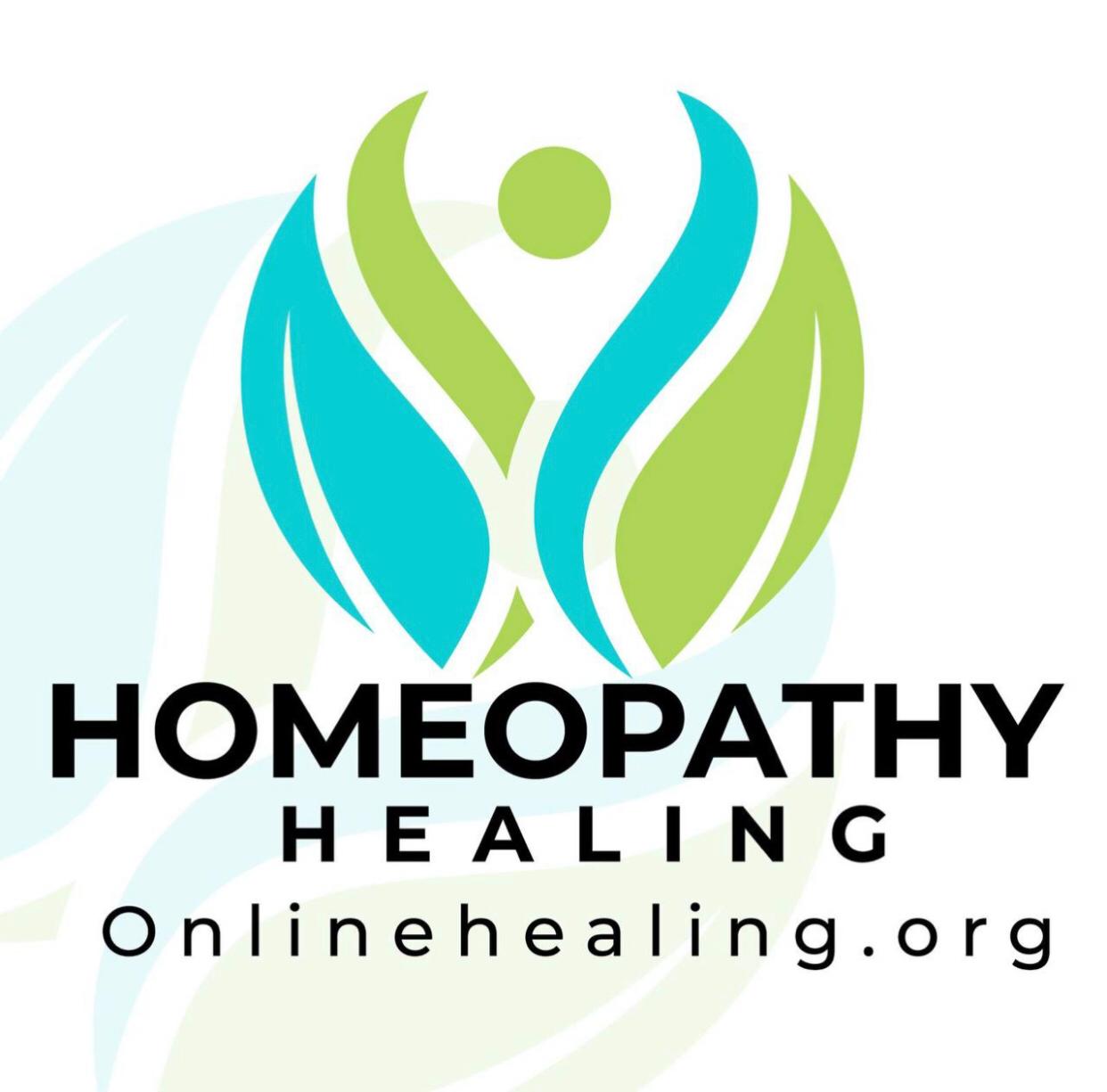
Questions about
Homeopathic Remedies
The “medicines” used in homeopathy are called remedies. They can be made from just about any substance known to man, including plants, minerals, animal products, and energy fields. More than 5,000 substances have been prepared and “proven.” Examples range from mercury to mistletoe to calcium carbonate to dolphin milk to light spectrum (a rainbow). They are FDA approved.
Substances become remedies through a very specific process called “potentization,” which involves sequential dilution and succession, which is a hard pounding or shaking.
This preparation process occurs as follows:
To begin, the substance is dissolved or finely ground into a double-distilled water/alcohol mix or milk sugar.
The initial dilution is one part substance to 10 parts water/alcohol (1:10 or 1X), or one part to substance to 100 parts water/alcohol (1:100 or 1C) or one part substance to 1,000 parts water/alcohol (1:1000 or 1M).
The solution is succeeded (shaken or pounded), then a drop of the solution is diluted again 1:10 or 1:100 or 1:1,000.
The process is repeated as many times as necessary to achieve the desired potency.
If the final product is in a water/alcohol mix, it is then sprayed on pellets of milk sugar, which act as a carrier for the remedy.
A somewhat different process of diluting 1:50,000 is used to create remedies in a form called LM, which are kept in liquid form and often administered daily.
Remedies are labeled by the ratio of dilution and the number of times diluted. Such labeling helps to discriminate a homeopathic remedy from an herbal or mineral supplement. In this process, a substance may be repetitively diluted 1:10 (labeled X scale) or 1:100 (labeled C scale) or 1:1,000 (labeled M scale). Then the number of times it is diluted and successes is noted, e.g. 12X, 30C, 10M.
The fascinating and scientifically confusing thing about homeopathic remedies is that the more diluted they are, the stronger they become-that is, potentized. In chemistry, there is a concept of how many molecules of a substance are present in a defined solution (it is called one gram mole). This is called Avogadro’s number, and it is 6.023 x 1023 . Therefore, if you dilute a solution 1 to 10, twenty-four times, or 1 to 100, twelve times, there cannot be any molecules of the original substance left! That is why homeopathy is considered a process that works through “sub-molecular” interventions.
Homeopathic remedies can be used in several different ways.
In an acute, or first aid, setting, low potency remedies may be administered frequently and repetitively, depending upon the situation (this is best guided by a skilled prescriber or at least an informed consumer).
In contrast, when a classical homeopath recommends a remedy for a client, he or she identifies the one best remedy for the overall health and symptom state of a person, taking into account the full range of physical, mental, emotional, and spiritual states of the person. The homeopath gives the remedy once in a single dose, then monitors responses for weeks to months. This is called constitutional treatment in classical homeopathy.
A variation of dosing uses liquid LM remedies. Homeopaths usually recommend dosing once or twice daily. Part of the dosing process with LMs is to succuss and dilute further, so that each subsequent dose is slightly more potent and stimulates the healing response. An individual’s constitutional LM may also be used to treat an acute illness.
For common complaints, such as colds, coughs, flus, earaches, and teething, a consumer may purchase homeopathic products over the counter.
Most of these are combination products made up of many low potency remedies, acting in a “shotgun” approach to the particular symptom(s). Used in the short term, these probably have no lasting negative impact, but if taken for prolonged periods of time, the remedies that were not suited to the particular individual can begin to cause “proving” symptoms in that person (see explanation above). These should resolve upon stopping ingestion of the product. Because of this issue, single remedy therapies are usually most ideal and less likely to cause undesired effects.
Find a Remedy
It’s easy to get started using homeopathy at home. You don’t need to be an expert in anatomy, physiology, or pharmacology. You only need to be able to observe your and your family’s symptoms and any changes you might see in those symptoms.

